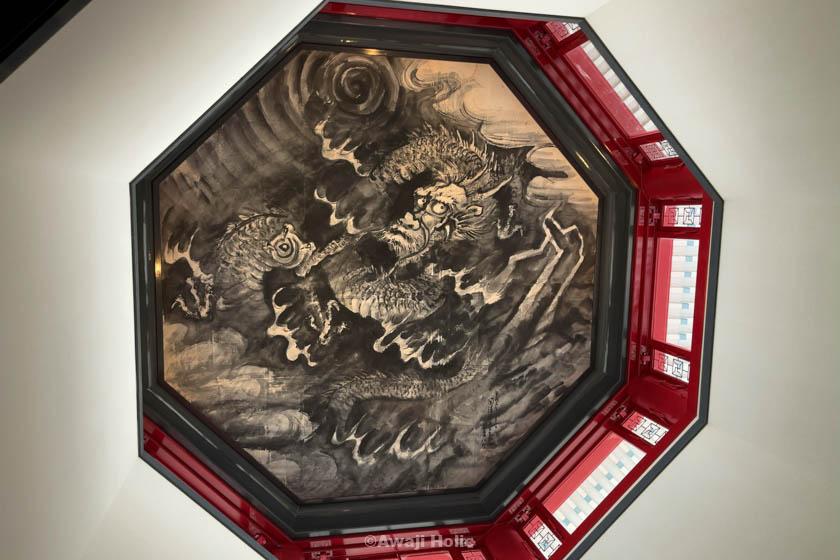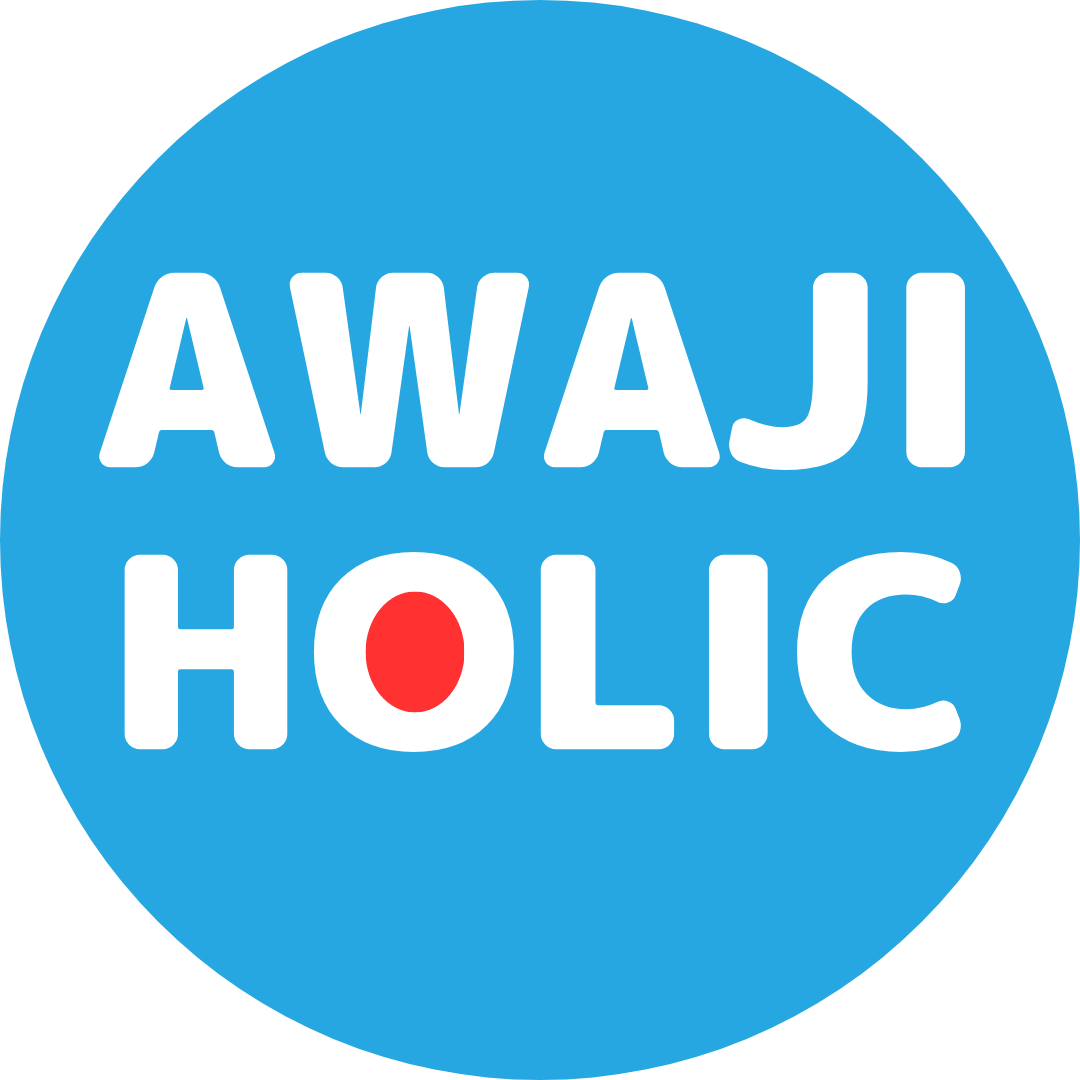Gyokusei Museum exhibits the works of Gyokusei Jikihara, a leading figure in Japanese modern nanga, and is the first museum in Japan dedicated to modern nanga.
In 2020, the museum also began exhibiting the Matsuho Dotaku, a bronze artifact discovered in the city in B.C., at the same time.
In this article, we will introduce the attractions of Gyokusei Museum, as well as some tips for sightseeing.
About Nanga and Contemporary Nanga
Nanga is ink-and-water based painting. It is said that Nanga was introduced to Japan during the Yuan and Ming dynasties in China and became popular during the Edo period (1603-1867), creating a painting world unique to Japan, and eventually came to be called Nanga for short.
Later, modern Nanga incorporated the techniques and colors of sketching from Japanese and Western painting.
There is also an art museum on Awaji Island by painter Minoru Nakahama, who studied under Gyokusei Jikihara and is known as the leading artist of ink paintings of cats. This museum is also recommended for those interested in ink painting.
Contents
Gyokusei Museum Tourist Attractions

The following are the two main attractions of Gyokusei Museum.
- Contemporary Nanga
- Shoho Dotaku (bronze bell)
The first tourist attraction is modern nanga. Visitors can view the works of leading artist Gyokusei Jikihara in the exhibition room on the first floor. His representative work, "Zen no pasturage, ushikahigusa" is particularly impressive as it explains Zen philosophy in the changing of the four seasons. It is rare to find a museum with a permanent collection of contemporary nanga paintings, making it a valuable experience.
Next is a bronze bronze bell made 2,100 to 2,300 years ago, which was discovered in Minami-Awaji City, where Gyokusei Museum is located.
For more information, please visit the Awaji Island Matsuho Dotaku website.
About the artist Gyokusei Jikihara
Gyokusei Museum Exhibits

- Ceiling / Dragon and Cloud (entrance stairwell)
- Nanga works by Gyokusei Jikihara (1F Exhibition Room)
- Dotaku (bronze bell) display room (2nd floor)
- Study Room
Gyokusei Museum, is exhibiting the Nanga paintings of painter Gyokusho Jikihara and the Matsuho Dotaku, a bronze bell discovered in the city since 2020.
Why a Dotaku in a Nanga Museum? However, since Gyokusei Museum is a museum managed by the city, it is thought that it is exhibited due to its location and budget.
As a tourist, it is nice to be able to visit two tourist spots at once.
Gyokusei Museum Basic Information
| Name | Gyokusei Museum |
| Address | 1137-1 Matsuhonishi Road, Minami-Awaji City, Hyogo Prefecture |
| Phone | 0799-36-2314 |
| Official WEB | https://www.city.minamiawaji.hyogo.jp/soshiki/gyokuseikan/main.html |
| Opening hours | 9:00-17:00 |
| Closed | Mondays, Year-end and New Year holidays |
| Admission | Adults 300 yen, large and high school students 200 yen, small and medium 100 yen |
| Parking | Yes |
| Parking fee | Free |
| Access | Public Transportation: Get off at Rikunoko-Seidan and walk 20 minutes. By car: 3 min. drive from the Seitdn-Mihara IC. |

